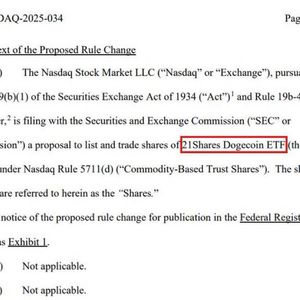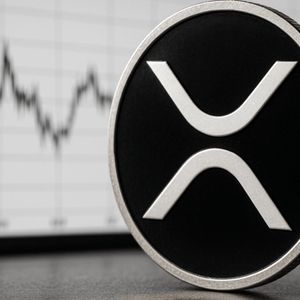Gold prices slipped on Tuesday while Bitcoin continued its stay over $90,000, as trade tensions between the US and China eased, ahead of a packed week of economic reports that investors will keep a close eye on. The price of gold declined 0.4% to $3,329.12 per ounce in spot trading. Market optimism over the trajectory of global trade negotiations helped push gold futures down 0.2% to $3,342.40 per ounce. Still, counting the day-to-day losses, gold has gained over 26% since the start of 2025. US Treasury Secretary Scott Bessent said Monday that several trade partners had submitted “very good” proposals to avoid punitive duties. According to a Monday Reuters exclusive, India is reportedly among the first nations likely to finalize a deal with Washington. Bullion had hit an all-time high of $3,500.05 per ounce last week, before President Trump announced he was ready to talk to China. Gold against the USD chart. Source: Trading Economics. While gold spot and futures prices took a slight tumble from all-time high levels, Bitcoin advanced 0.2% over the past 24 hours, hitting $94,930, according to CoinGecko data . BTC/USDT chart. Source: TradingView. Bitcoin’s 24-hour trading volume surged to $30.07 billion, a 60% increase from the previous day, indicating heightened market activity and investor engagement. Trade policy and tariffs still in focus Investor sentiment grew more optimistic after news spread in Washington that the Trump administration may ease some of its tariff measures. On Tuesday, the White House announced plans to rescind duties on foreign-made parts used in US automobile manufacturing, which could provide relief to the auto sector. Still, a Reuters poll of economists shows that the majority believe the global economy is at high risk of recession in 2025. Many of the respondents see tariffs and trade disruptions as contributors to weakening business sentiment and slowing growth. Some analysts are hopeful of a positive market correction. “ Longer-term structural tailwinds for gold prices are likely to keep the broader upward trend intact ,” said Yeap Jun Rong, a strategist at IG. Seven days of US economic data Markets are preparing for a flood of US economic data, beginning with job openings and employment figures due later today. Investors will also be watching Wednesday’s release of the ADP private payroll survey, which is expected to show a decline in job creation to 124,000 in April from 155,000 in March. The first estimate of the first-quarter gross domestic product is also due tomorrow. Forecasts suggest a modest uptick following 2.4% annual growth in the previous quarter. Economists say consumer and business behavior ahead of the April 2 tariff announcements may have distorted the data, as many front-loaded purchases were made before duties took effect. A read on inflation also arrives Wednesday with the release of the personal consumption expenditures (PCE) index, closely tracked by the Federal Reserve . The March reading could show minimal movement, with annual inflation ticking down slightly. The week concludes on May 2 with the government’s April non-farm payrolls report. Predictions point to a fall to 130,000 from March’s 228,000. Comerica Bank Chief Economist Bill Adams said Monday that early data suggest the economy may have contracted in the first quarter. “ The labor market probably softened in April, with a lacklustre increase in employment and an uptick in the unemployment rate ,” Adams noted. He also predicted a drop in job vacancies for March and a decline in consumer confidence, in line with other household sentiment surveys. Congress will also return to session and is expected to engage in budget negotiations, priorities given to the 2017 tax cuts extensions. Meanwhile, the public awaits the White House’s decision on immigration, tariffs, and other policy fronts. Cryptopolitan Academy: Tired of market swings? Learn how DeFi can help you build steady passive income. Register Now



















